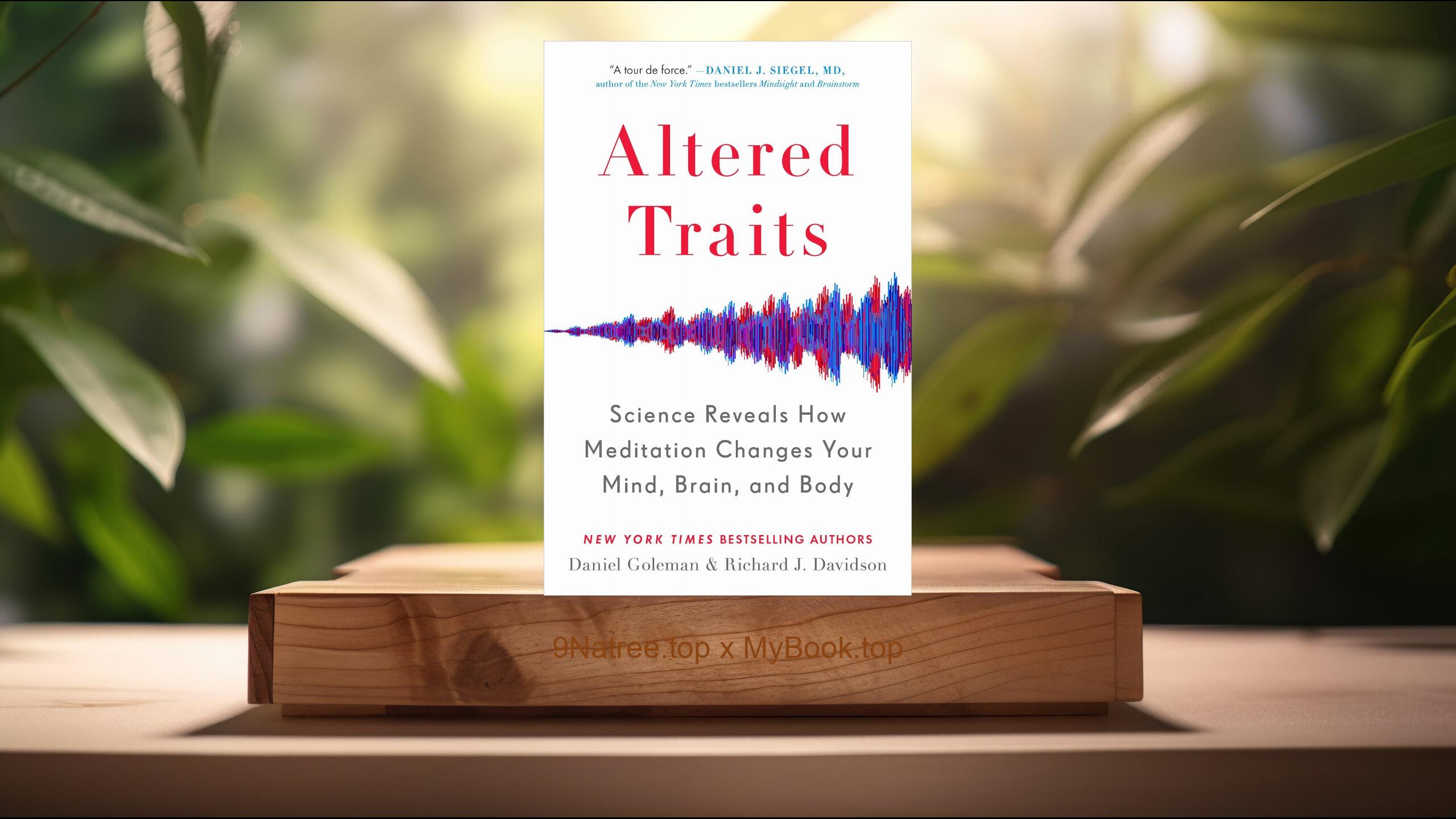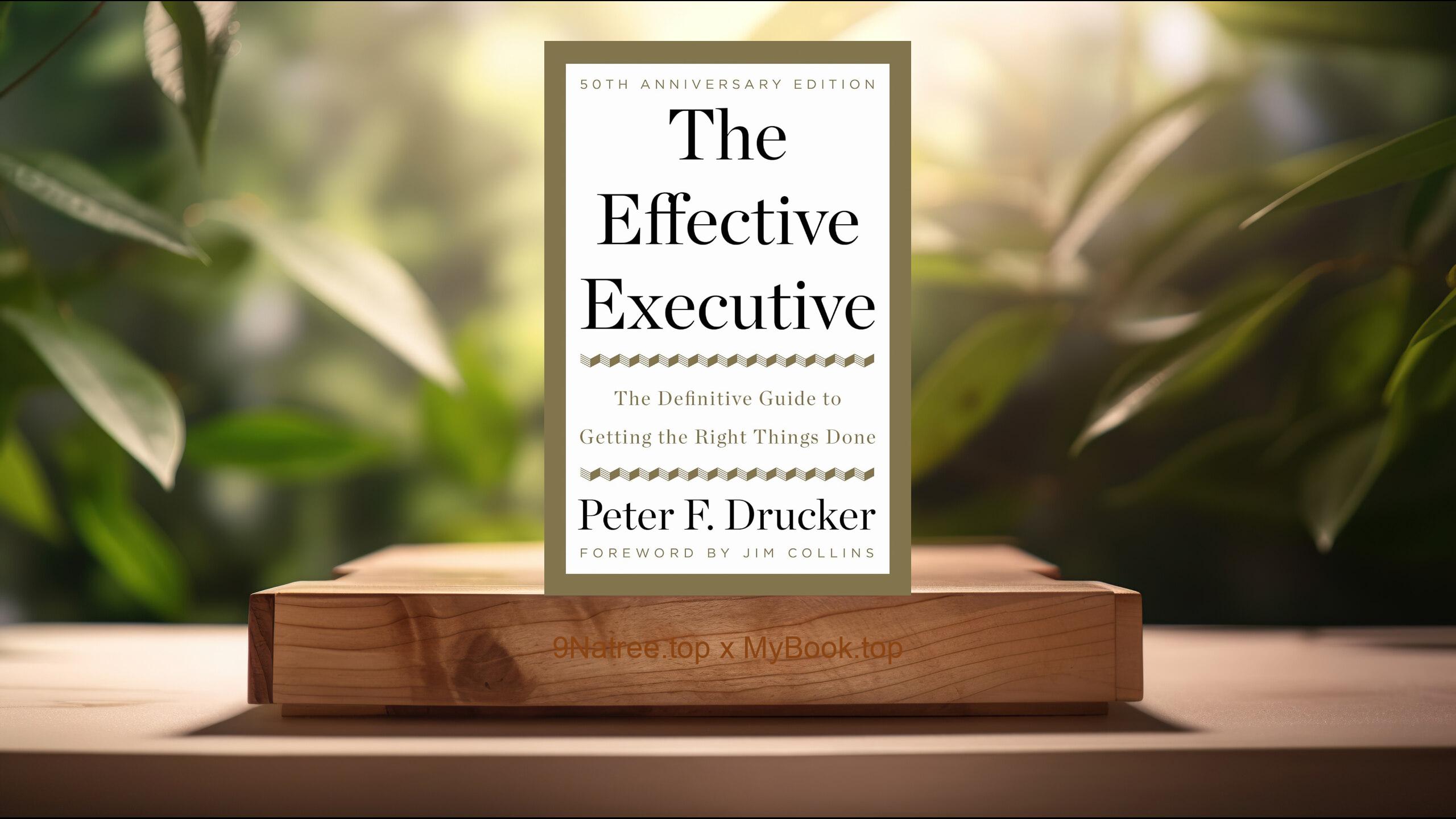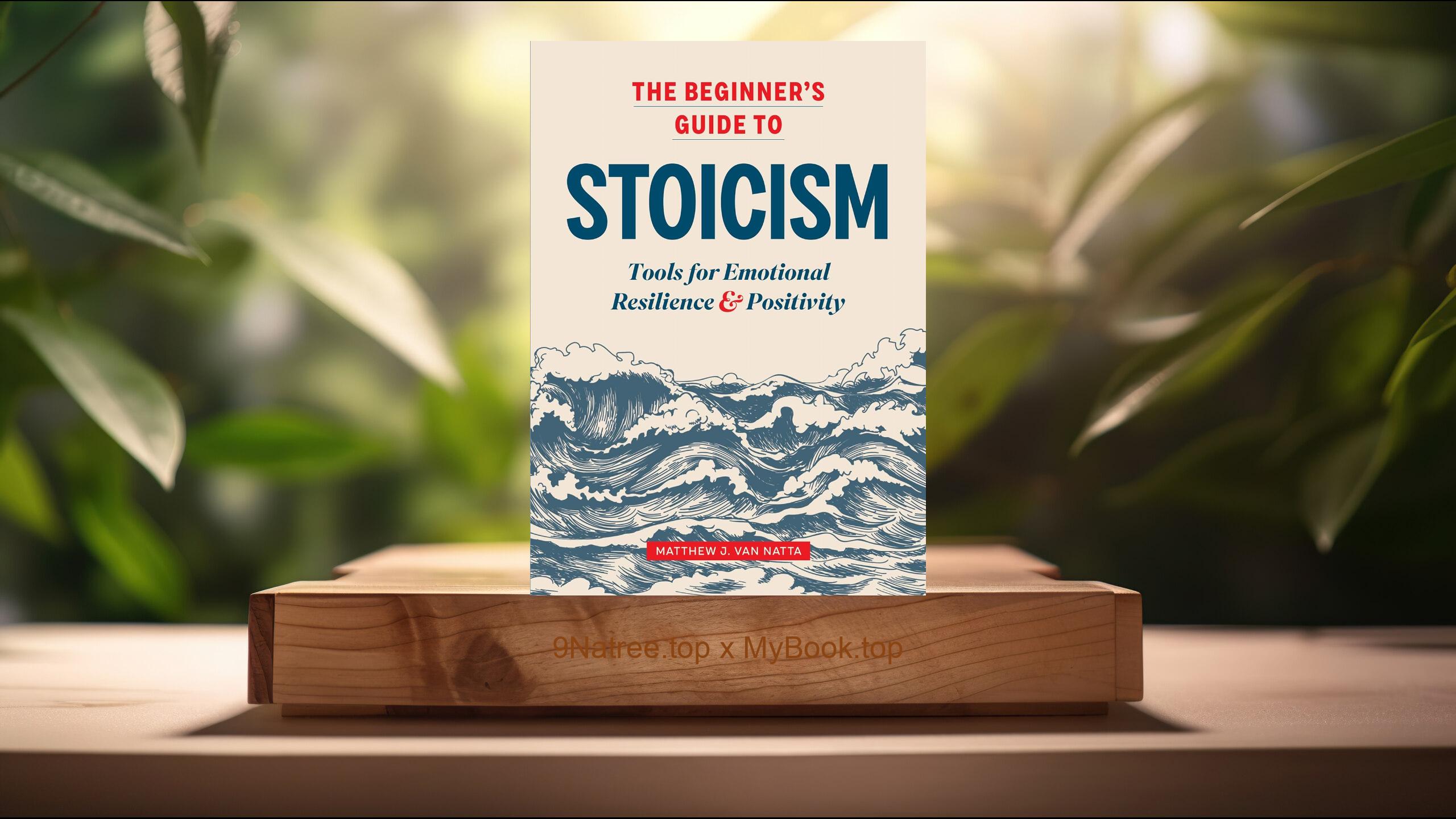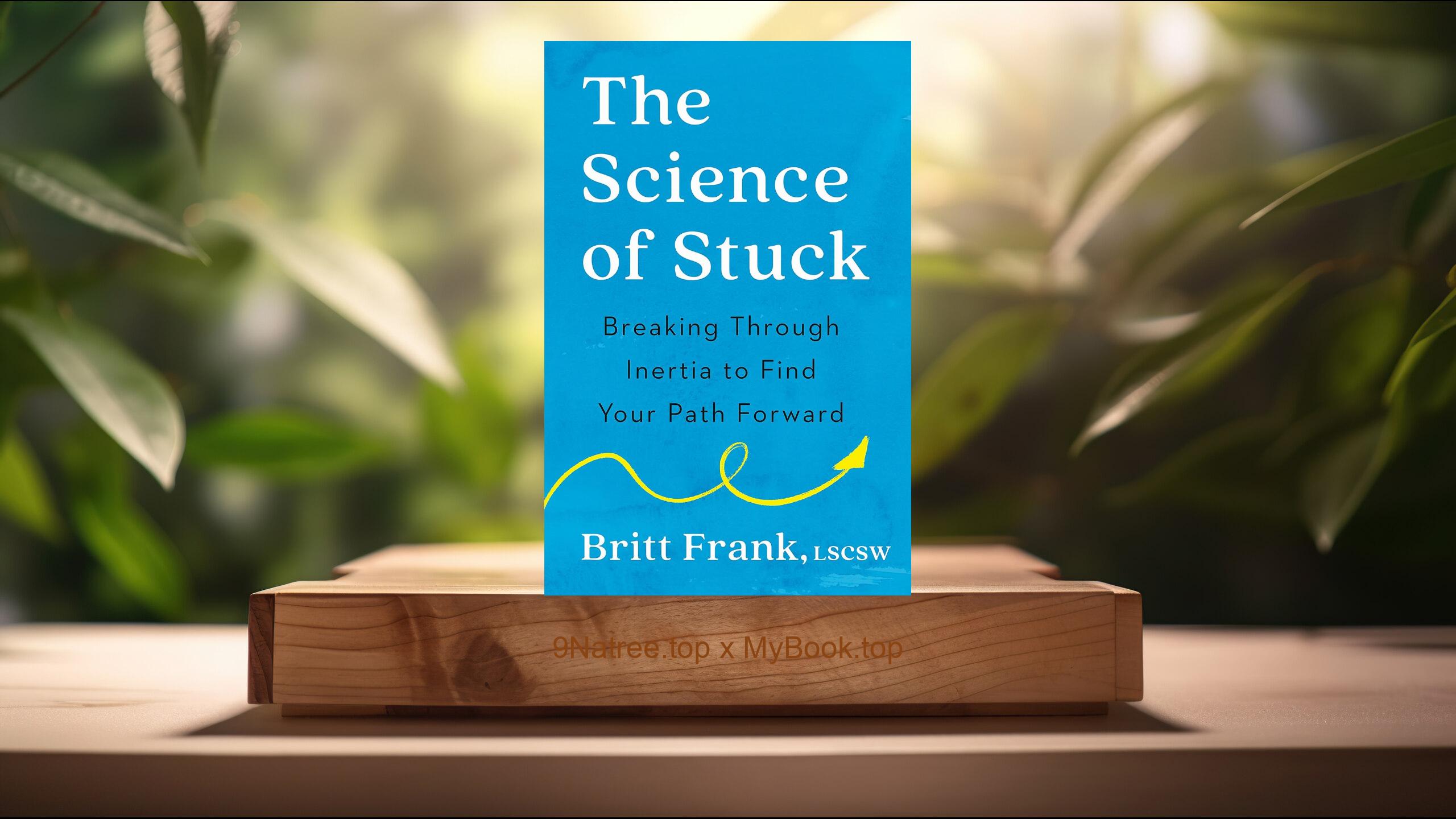Show Notes
- Amazon US Store: https://www.amazon.com/dp/B000QCTNIW?tag=9natree-20
- Amazon Worldwide Store: https://global.buys.trade/The-Brain-That-Changes-Itself-Norman-Doidge.html
- Apple Books: https://books.apple.com/us/audiobook/the-brain-that-changes-itself-stories-of/id1528819154?itsct=books_box_link&itscg=30200&ls=1&at=1001l3bAw&ct=9natree
- eBay: https://www.ebay.com/sch/i.html?_nkw=The+Brain+That+Changes+Itself+Norman+Doidge+&mkcid=1&mkrid=711-53200-19255-0&siteid=0&campid=5339060787&customid=9natree&toolid=10001&mkevt=1
- Read more: https://mybook.top/read/B000QCTNIW/
#Neuroplasticity #BrainScience #CognitiveRehabilitation #LearningandMemory #NeurologicalRecovery #SensoryPerception #MentalHealth #NormanDoidge #TheBrainThatChangesItself
These are takeaways from this book.
Firstly, Neuroplasticity: The Brain's Ability to Change, The core concept of Norman Doidge's book revolves around neuroplasticity, the brain's remarkable ability to change its structure and function in response to experience, practice, and learning. Historically, scientists believed that after childhood, the brain's pathways were largely fixed, implying limited capacity for recovery from injury or adaptation to new learning in adulthood. Doidge challenges this notion by presenting research and stories demonstrating that the brain remains highly adaptable throughout life. For instance, he discusses cases where stroke victims regain lost abilities and individuals compensate for sensory deficits by developing enhanced capacities in other areas. This emerging understanding of neuroplasticity not only shifts the paradigm of brain science but also opens up new possibilities for rehabilitation, learning, and even enhancing human performance.
Secondly, Rehabilitation and Recovery, A significant portion of 'The Brain That Changes Itself' delves into the implications of neuroplasticity for rehabilitation and recovery from brain injuries and neurological conditions. Doidge presents various case studies where individuals have overcome debilitating conditions, not through traditional medical interventions, but through exercises and therapies designed to exploit the brain's plastic nature. For example, the book discusses innovative treatments for stroke survivors that encourage the remapping of brain functions to undamaged areas, thus facilitating recovery of movement and speech. Another notable area explored is the use of cognitive exercises to reverse symptoms of age-related cognitive decline and conditions such as dyslexia. These stories and findings suggest that with appropriate stimulation and practice, the brain can rewire itself, offering hope to many who previously thought their conditions were irreversible.
Thirdly, The Role of Sensation and Perception, Doidge extensively explores the relationship between sensation, perception, and brain plasticity. One of the book's key insights is that sensory experiences—what we see, hear, touch, smell, and taste—play a critical role in shaping the brain's structure and its capacities. Innovative therapies that modify sensory input or augment it with technology demonstrate significant transformations in cognitive and physical abilities. For instance, Doidge highlights the use of visual and auditory feedback tools to improve the balance and mobility of patients with vestibular disorders. This emphasis on sensory input and perception not only provides a deeper understanding of how the brain interacts with the environment but also suggests therapeutic avenues that leverage sensory experiences to promote brain health and recovery.
Fourthly, Learning, Memory, and the Brain, Another pivotal topic in 'The Brain That Changes Itself' is the connection between learning, memory, and neuroplasticity. Doidge illustrates how the process of learning new skills or information can physically alter the brain's structure, enhancing its ability to store and retrieve memory. The book offers inspiring examples of individuals who have employed specific learning strategies to dramatically improve their cognitive functions, including memory. These narratives are underpinned by scientific explanations of how learning stimulates the growth of new neuronal connections, thereby increasing the brain's capacity for memory and new skills. The implications for education and personal development are profound, suggesting that lifelong learning can significantly impact brain health and cognitive resilience.
Lastly, Psychological and Emotional Changes, Doidge doesn't shy away from the psychological and emotional dimensions of neuroplasticity. He posits that just as the brain can change in response to physical stimuli, it can also transform due to emotional and psychological experiences. Through stories of individuals overcoming anxiety, phobias, and even the aftereffects of trauma, Doidge demonstrates the power of therapies that engage the brain's plasticity to heal emotional wounds. This aspect of the book touches on the intersection between neuroplasticity and mental health, offering a hopeful perspective for treating psychological disorders through approaches that harness the brain's inherent ability to adapt and change. The discussion extends beyond conventional treatments, suggesting an integrated approach that considers the individual's mental, emotional, and physical experience in the process of healing.
![[Review] The Brain That Changes Itself (Norman Doidge) Summarized](https://episodes.castos.com/660078c6833215-59505987/images/1795996/c1a-085k3-xxvk0n74t6q-x0ks5n.jpg)




